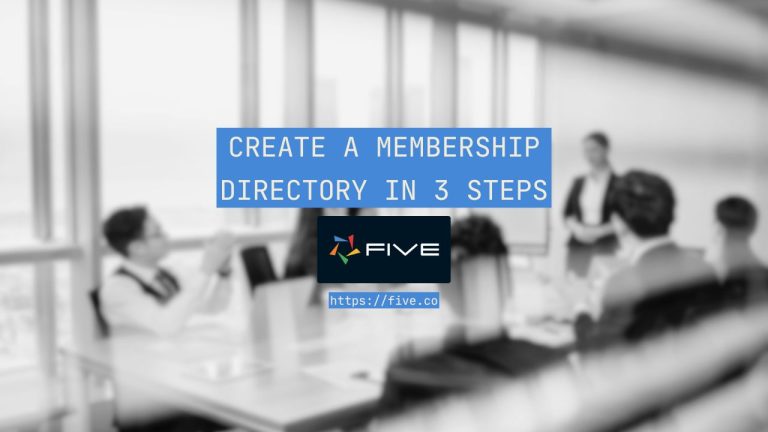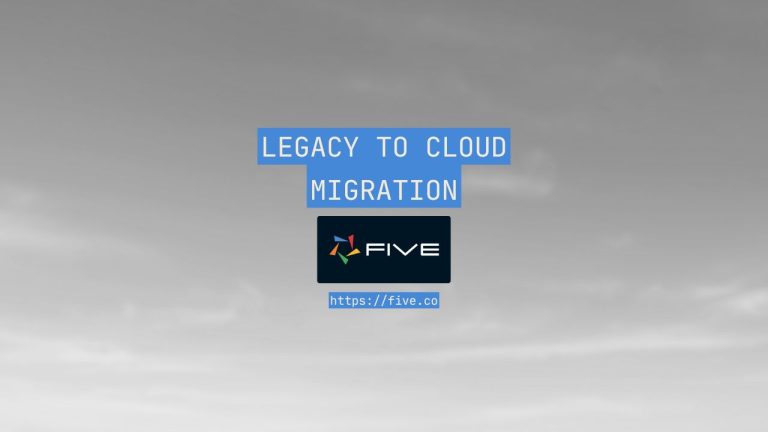Legacy System Migration: Modernizing Your Business Applications
A Complete Guide to Legacy System Migration
“Our legacy system still works, but…”
If you find yourself starting sentences this way, you’re not alone. Many businesses run on older systems that technically function but hold them back from reaching their full potential. Whether it’s your trusty CRM from 2005 or that custom-built inventory system that only one person knows how to maintain, legacy systems often become silent productivity killers.
Let’s talk about how to approach legacy system migration in a way that makes sense for your business.
Why Consider Legacy System Migration?
The signs that your legacy system needs modernization are usually subtle at first. Your team might create elaborate workarounds for simple tasks, or new hires might take months to learn your system’s quirks. What seems like minor inconveniences gradually evolve into significant business constraints.
Consider the actual cost of maintaining these older systems. Beyond the obvious maintenance fees and infrastructure costs, legacy systems drain resources in less visible ways. Your IT team spends valuable time patching and maintaining outdated code instead of innovating. Your employees develop time-consuming workarounds that become “just how we do things.” And perhaps most critically, your business misses opportunities for growth because your technology can’t keep pace with market demands.
Security presents another often-overlooked challenge. Legacy systems typically weren’t built with modern security threats in mind. While you might have added layers of protection over the years, these solutions often resemble digital duct tape – functional but far from ideal. With today’s sophisticated cyber threats, this approach becomes increasingly risky.
Modern Migration: A New Approach
The traditional approach to legacy system migration often involved a complete system overhaul – essentially rebuilding everything from scratch. This “big” approach frequently led to budget overruns, missed deadlines, and significant business disruption. At Five, we’ve developed a more nuanced and practical approach to modernization.
Think of legacy system migration like renovating a historic building. You wouldn’t demolish and rebuild a structurally sound building just because it needs updating. Instead, you’d carefully modernize it while preserving its essential character and functions. This same principle applies to software modernization.
Our approach focuses on incremental transformation. We begin by thoroughly understanding your current system’s architecture and your business processes. This isn’t just about documenting features – it’s about understanding why things work the way they do. Often, legacy systems have evolved to include critical business logic that isn’t documented anywhere else. Missing these nuances can derail even the most well-planned migration.
Connect With a Software Modernization Expert
At Five, we have extensive experience in helping businesses modernize their legacy software. Our team of experts understands the complexities of transitioning from outdated systems to modern solutions, and we’ve successfully guided many clients through this process.
Whether you’re dealing with messy data structures, outdated features, or integrating modern systems with existing workflows, our team is here to help. We not only provide the tools to get you started but also offer the expertise to ensure your modernization project runs smoothly from beginning to end.
We work with you every step of the way to create a solution that fits your needs and keeps your business moving forward.
Reach out to us today, and let’s build a system that works for you, not against you.
The Technical Reality of Modern Systems
Today’s business applications demand flexibility and connectivity that legacy systems simply weren’t designed to provide. Modern cloud-native architecture isn’t just about hosting your application somewhere else – it’s about reimagining how your system can work in today’s connected business environment.
Consider data integration. Legacy systems often operate in isolation, creating data silos that limit your business’s ability to make informed decisions. Modern systems, by contrast, are built with integration in mind. They can connect with other business tools, automatically share data, and provide real-time insights that drive better business decisions.
We’ve seen this transformation in action with many of our clients. Take our work with a medical insurance verification business. Their legacy system processed hundreds of insurance claims from medical practitioners daily. Through careful planning and our incremental approach, we gradually migrated their system to a modern web portal connected to their existing database.
Why Five Can Be The Difference
When it comes to legacy system migration, technical expertise alone isn’t enough. At Five, we combine technical knowledge with a practical understanding of business operations. This perspective allows us to identify and preserve the valuable aspects of your legacy system while introducing modern capabilities that drive business growth.
Our team has encountered virtually every migration challenge imaginable. From undocumented code to complex data structures, we’ve developed proven strategies to handle these challenges effectively. More importantly, we understand that successful migration isn’t just about moving code – it’s about improving how your business operates.
Take our recent work with a financial services provider. Their legacy system processed thousands of financial statements across industries to calculate default probabilities and credit ratings. Through careful planning and our incremental approach, we gradually migrated their system. The end result wasn’t just a modernized system – it was a platform that enabled automated credit analysis, industry benchmarking, and transparent reporting, helping their clients make faster, more informed credit risk decisions.
The Human Side of System Migration
Technical considerations are crucial, but the human element of system migration often determines success or failure. Your team has developed workflows and processes around your current system. They know its quirks and have found ways to work around its limitations. Any change to these established patterns needs careful management.
At Five, we prioritize user involvement throughout the migration process. We work directly with your team to understand their daily challenges and ensure the modernized system addresses real-world needs, not just technical requirements. This collaborative approach helps build buy-in and ensures the new system actually improves how people work.
Future-Proofing Your Business
Modern system architecture does more than solve today’s problems – it positions your business for future growth. Cloud-native applications built on modern frameworks can adapt and scale as your business evolves. New features can be added without major restructuring, and integrations with new tools become straightforward rather than painful custom development projects.
Consider how business technology needs have evolved in just the past few years. Remote work, mobile access, real-time collaboration and AI have moved from nice-to-have features to essential capabilities. Organizations with modern, flexible systems adapted quickly to these changes. Those still running legacy systems often struggled to keep up.
Through our work at Five, we’ve helped numerous businesses prepare for this kind of change.
The decision to migrate from a legacy system isn’t just about addressing current pain points – it’s about setting your business up for future success. While your legacy system might still function, ask yourself whether it’s helping or hindering your business growth. Are you making decisions based on your system’s limitations rather than your business needs?
At Five, we help you evaluate these questions objectively. Our assessment process looks beyond immediate technical concerns to understand the broader business impact of your current system. We help you quantify both the costs of maintaining the status quo and the potential benefits of modernization.
Taking Action
Legacy system migration doesn’t have to be overwhelming. With the right partner and approach, it can be a controlled, positive transformation for your business. At Five, we specialize in guiding businesses through this journey, ensuring minimal disruption while maximizing the benefits of modern technology.
Ready to explore how your legacy system could be transformed into a modern, efficient solution? Our team at Five is here to help you understand the possibilities and create a practical plan for moving forward. Contact us today for a free consultation about your legacy system migration needs.


